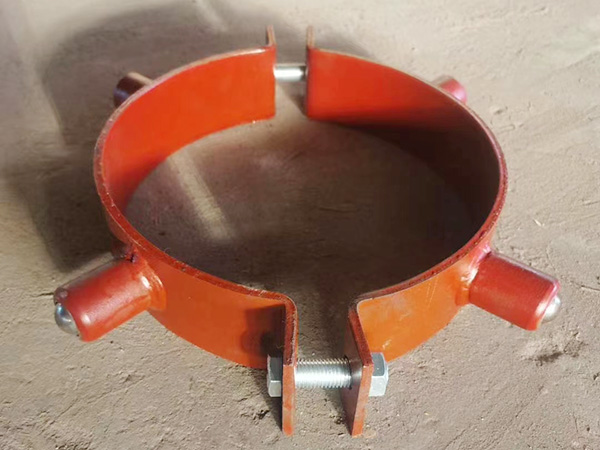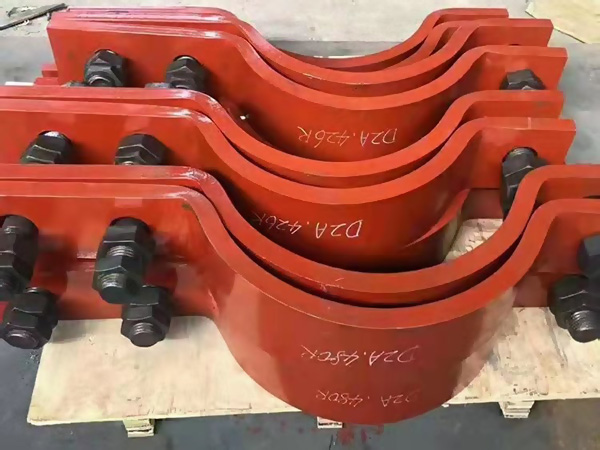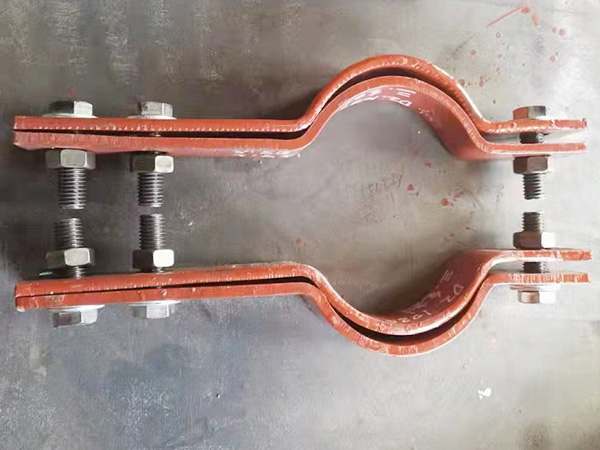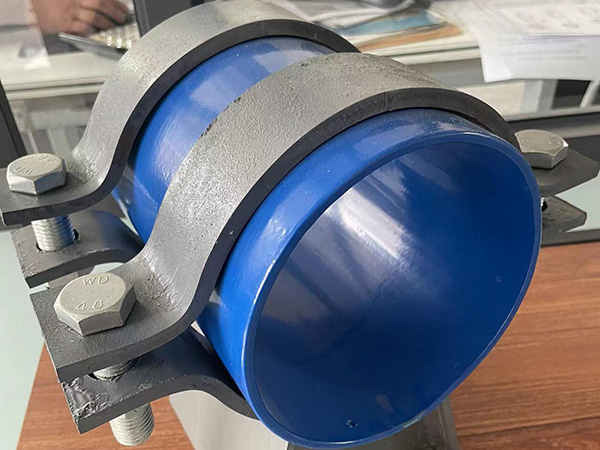Internal Defect Detection Methods for Pipe Reducers
Author:Mingde Time:2025-04-29 00:45:58 Click:74
Pipe reducers—whether concentric or eccentric—are critical components in piping systems, used to connect pipes of different diameters while maintaining fluid flow efficiency. Ensuring their structural integrity is essential, especially in applications involving high pressure, corrosive environments, or critical systems such as oil and gas, chemical processing, and power generation. Internal defects such as cracks, inclusions, voids, or laminations can compromise performance and safety. Therefore, non-destructive testing (NDT) methods are widely used to detect and assess internal flaws in reducers without affecting their usability.
1. Ultrasonic Testing (UT)
Ultrasonic testing is one of the most effective and widely used techniques for detecting internal defects in reducers. High-frequency sound waves are introduced into the material, and the reflected signals from discontinuities (such as voids or cracks) are analyzed.
Advantages:
Detects subsurface flaws accurately
Suitable for both thick- and thin-walled reducers
Provides depth and size information of the defect
Limitations:
Requires skilled operators
Complex geometries may limit probe access or cause signal interference
2. Radiographic Testing (RT)
Radiographic testing, using X-rays or gamma rays, is ideal for identifying volumetric defects like voids, inclusions, and porosity inside reducers. A film or digital detector records the radiation passing through the material.
Advantages:
Offers visual records of internal defects
Effective for detecting large or irregularly shaped flaws
Limitations:
Not ideal for planar defects (like cracks)
Requires radiation safety precautions
Higher cost compared to other NDT methods
3. Magnetic Particle Testing (MT) (For Ferrous Materials)
While primarily used for surface and near-surface defect detection, magnetic particle testing can be effective in detecting shallow cracks on the inner surfaces of ferromagnetic reducers.
Advantages:
Simple and relatively fast
Good for detecting fatigue cracks or weld defects
Limitations:
Limited to magnetic materials
Not suitable for deep internal flaw detection
4. Dye Penetrant Testing (PT)
Dye penetrant testing is useful for identifying surface-breaking defects on the internal bore of reducers. Though it doesn't reveal internal subsurface flaws, it helps assess manufacturing surface quality.
Advantages:
Inexpensive and easy to apply
Detects very small surface cracks
Limitations:
Only applicable to surface defects
Requires clean, smooth surfaces
5. Advanced Techniques: Phased Array UT & CT Scanning
For high-precision or critical applications, phased array ultrasonic testing (PAUT) or industrial computed tomography (CT) may be used. These advanced methods provide 3D visualization and better flaw characterization.
Advantages:
High-resolution imaging
Automated scanning and data logging
Limitations:
High cost
May not be feasible for all manufacturers
Conclusion
Internal defect detection in pipe reducers is crucial for quality assurance and operational safety. Selecting the appropriate non-destructive testing method depends on the material, size, application criticality, and production scale. By applying a combination of reliable NDT techniques, manufacturers and quality control teams can ensure that reducers meet industry standards and perform reliably in the field.
 Hot Products
Hot Products
 Contact Us
Contact Us
Contact:
Mobile:+86 +86 19133378808
Website:mingdepipe.com
Address:










